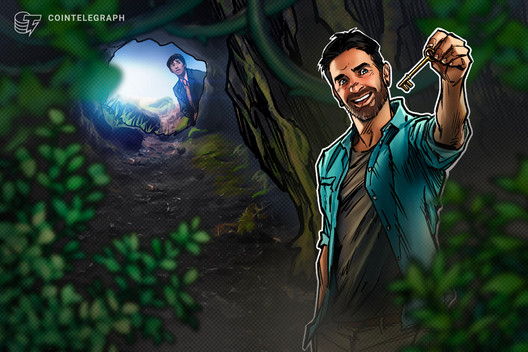Your resource for web content, online publishing
and the distribution of digital products.
and the distribution of digital products.
Zero-knowledge proofs, explained
DATE POSTED:June 26, 2025

Zero-knowledge proofs are a game-changing innovation with profound implications for how users transact business, but can they replace the conventional contract?
Newswire > Zero-knowledge proofs, explained
- Home
- About Us
- Write For Us / Submit Content
- Advertising And Affiliates
- Feeds And Syndication
- Contact Us
- Login
- Privacy
All Rights Reserved. Copyright , Central Coast Communications, Inc.